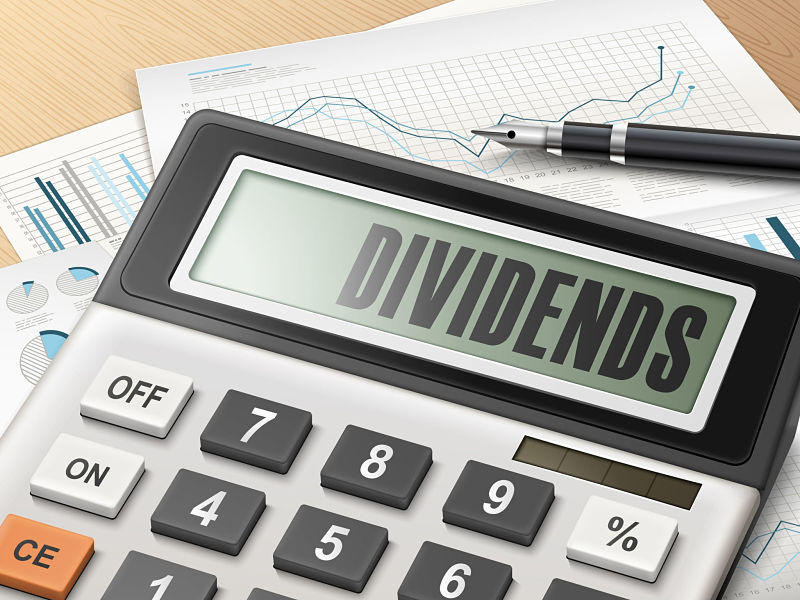
With the potential for dividend increases in the months ahead, combined with uncertain economic conditions, a couple of reports this week offered tips to investors as they allocate to dividend-payers in the current market.
In a blog post on Thursday, Stephen Duench, vice-president and portfolio manager with AGF Investments, noted that the few North American companies that increased their dividends since the pandemic began haven’t been rewarded for the move as they typically were in the past.
“Dividend growers listed on the S&P/TSX composite index in Canada underperformed the broad index by more than 15% earlier this year, and they continue to lag today,” Duench wrote.
But dividend growth may “roar back” and be a catalyst for outperformance once again, he wrote, given an outlook of strong earnings growth combined with the potential for North American financials to now raise their dividends following the lifting of regulatory restrictions on capital distributions.
In Canada such firms as Manulife, Great-West Lifeco and Sun Life have announced dividend increases since restrictions were raised earlier this month.
Investors can also find dividend opportunities among other cyclicals such as energy and materials, Duench suggested. In those two areas, “dividend growth has already spiked more recently, and this should continue given generally strong fundamentals and improving cash flow,” he wrote. Companies in non-cyclical sectors that exhibit the same traits can also be expected to raise their dividends, he added.
Duench further noted the “positive wrinkle” of the proposed new 1% tax on U.S. corporate buybacks, which could favour dividend payments over stock repurchases. (The related bill passed in the House of Representatives on Friday.)
Overall, “If dividend growth truly is back, investors may not want to miss out on it,” Duench said.
AGF research shows that the probability of outperformance is greater for companies that aggressively grow dividends, relative to those that don’t.
In a weekly report, Richardson Wealth warned that changes in yields do not affect all dividend-paying companies equally.
“In the next few years, much of the relative performance between dividend strategies will be determined by the direction in bond yields and the balance between cyclical yield and interest rate sensitives,” the report said.
Tilting toward cyclicals makes sense if you believe, as Richardson does, that bond yields are on an upward trajectory attributable to solid economic growth and inflationary pressures, the report said.
However, the strategy isn’t without risk.
“Cyclical companies that pay dividends do not do well if the economy slows,” the report said. “Their cyclical nature does make the dividend sustainability a bit more tenuous, while many interest rate sensitives are at less risk from an economic slowdown.”
A combination of both cyclicals and interest rate sensitives makes for a better dividend portfolio, it said, though perhaps with a cyclical tilt currently.
For full details, read the Richardson Wealth report, which includes research on cyclicals versus interest rate sensitives, and the AGF blog post.